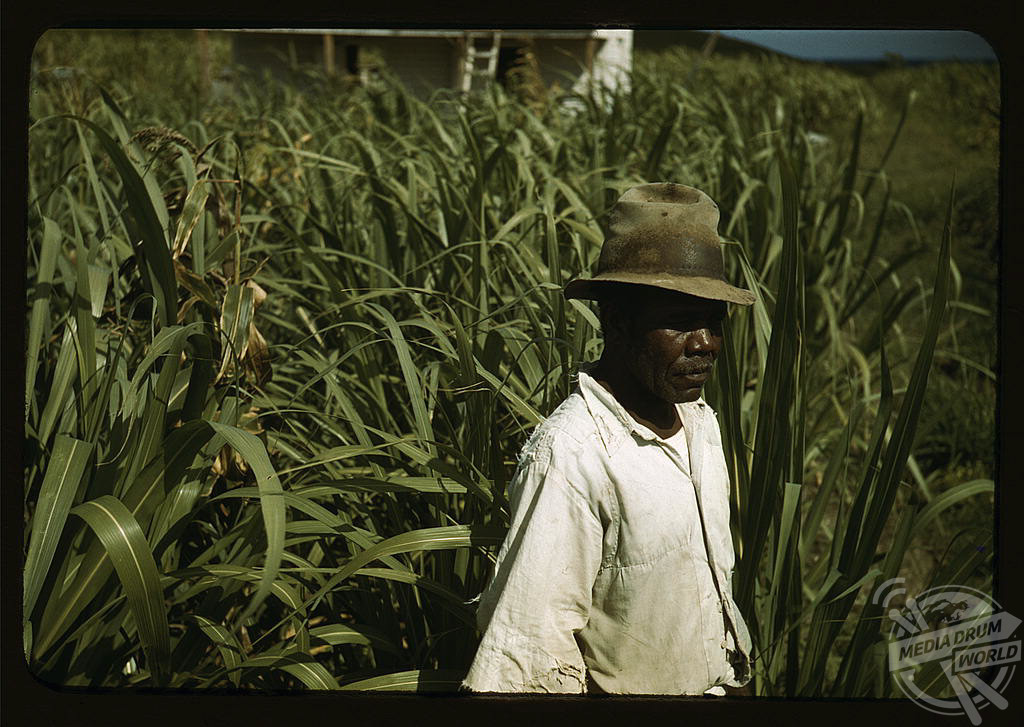
By Alex Jones
EXQUISITE vintage colour snaps from the 1940s show the backbreaking toil of sugar workers on the US Virgin Islands.
Vibrant picture show hunched labourers using handtools to cultivate precious sugar cane, a farmer whose sweat has soaked through his hat, and a field ablaze to help with the canecutters burn through the leaves and harvest their crop.
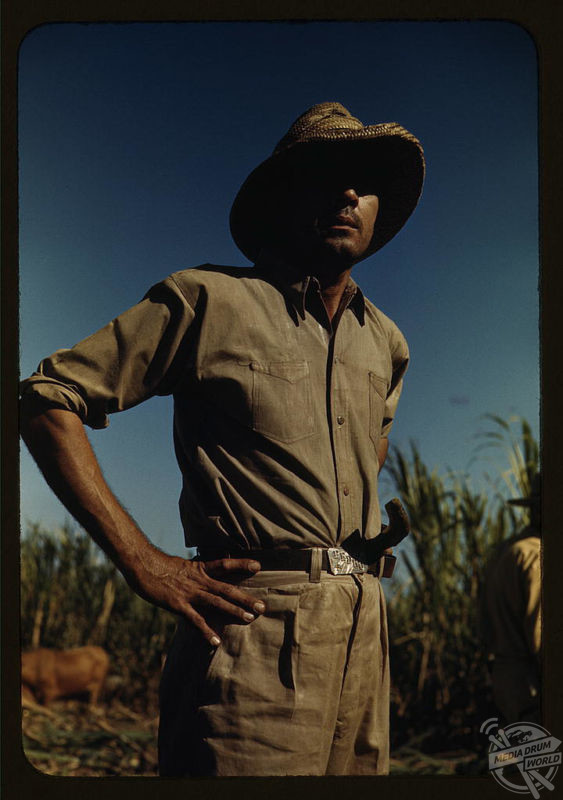
The fascinating photos were captured by Jack Delano in 1941 on the US Virgin Islands, a couple of weeks after Japan had unleashed hell in Pearl Harbour. Delano had been sent out there by the United States Farm Security Administration (FSA) to raise awareness of the subsidised farms the American AGRICULTURAL organisation were backing on the remote islands. A few weeks later, the FSA would transition into the Office of War Information (OWI).
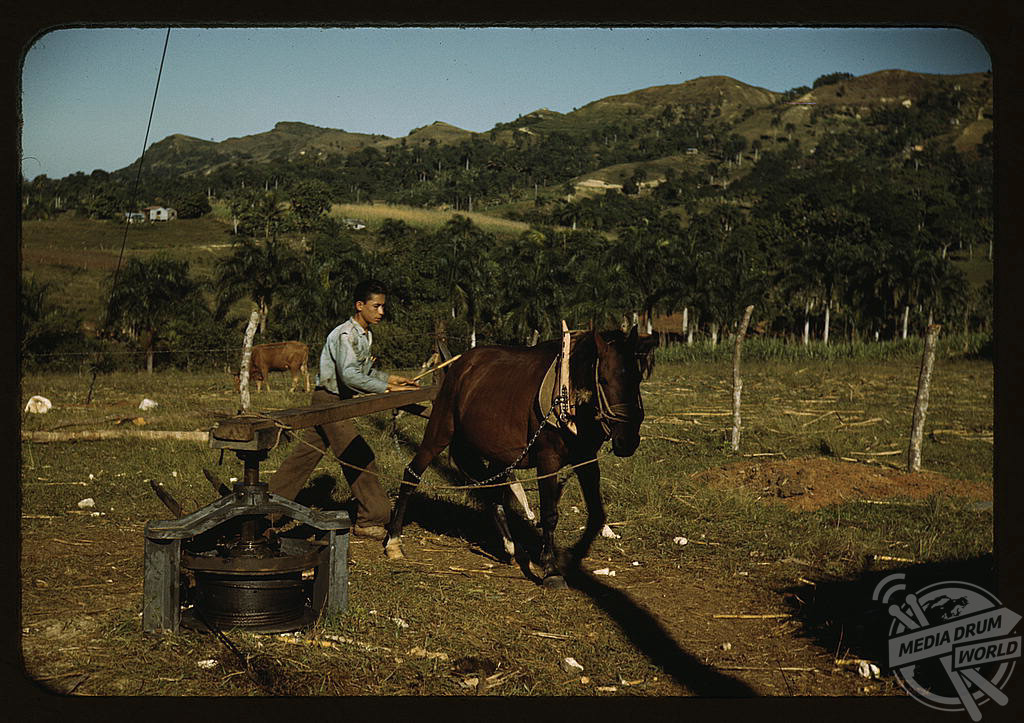
The United States had purchased the Virgin Islands, a former Danish possession in 1917 and Delano was given ten days to travel throughout the area and capture what life was on the sugar plantations. Although he witnessed brutal – almost slavish – working conditions, he fell in love with the scenery and stunning weather and would go on to make Puerto Rico his home after the war.
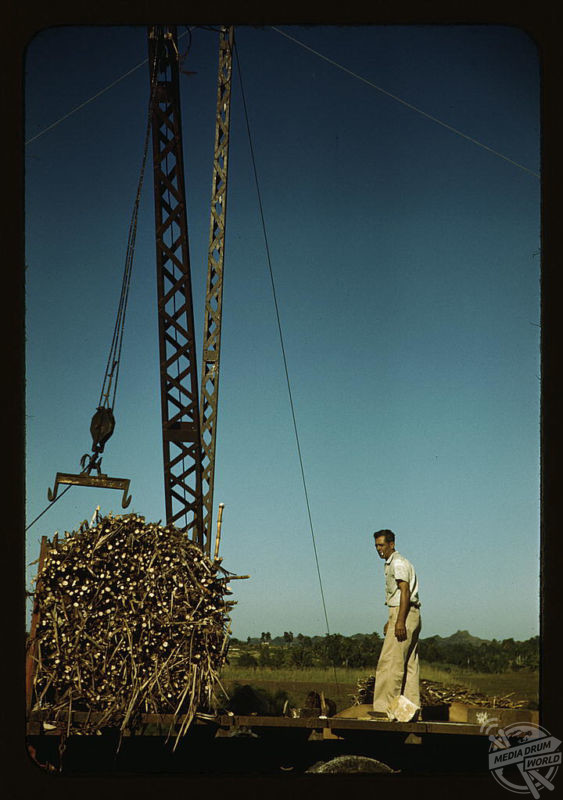
The FSA had plenty of experience of capturing agricultural workers undertaking their formidable chores. The Virgin Islands, like the American South, had been a society that was based on the labour of African slaves and their descendants. Sugar was king, and slaves generated great wealth for their Danish masters, as did cotton pickers across the southern states. When slavery ended in 1859, the slaves received nothing but freedom, just as in the US. Without access to land and without compensation for their years of unpaid labour, most found themselves forced to go back to work for former slave owners. The cycle of poverty was hard to break, even generations down the line.
Sugar had been a key industry for the islands for centuries. The Caribbean sun would ripen the cane over the course of the year before it was harvested and taken to the sugar mill to be crushed. It would then either become brown sugar or could be transformed into rum, another key commodity for businessowners and exhausted workers.
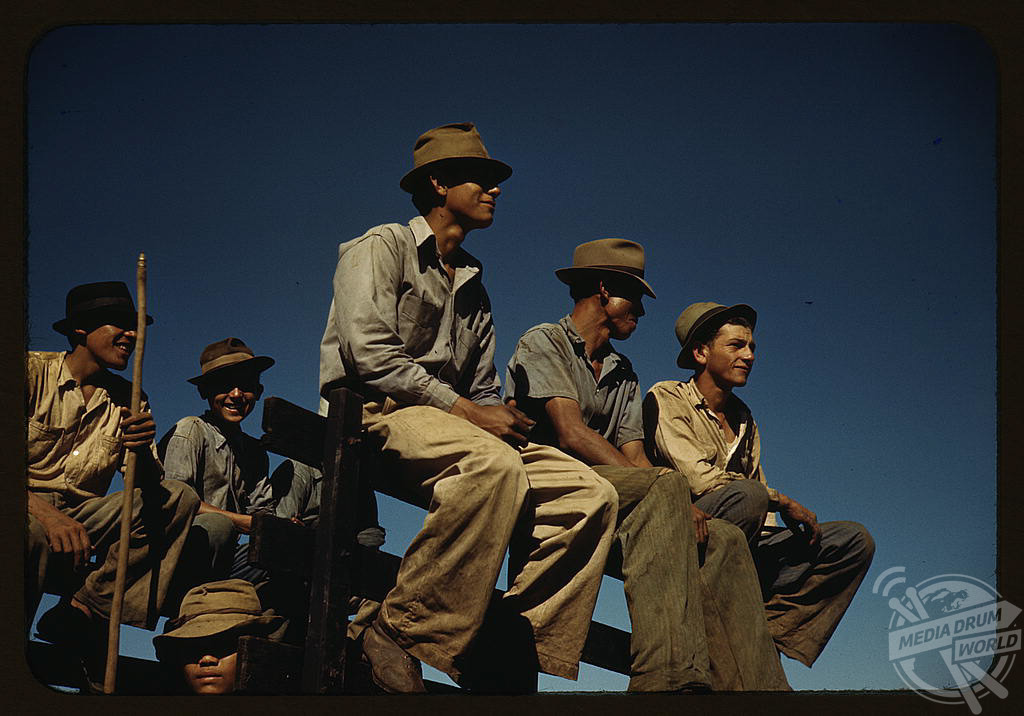
Delano’s colour prints, shot on Kodachrome film, were still a relative novelty although it had been around for six years when he took these stunning shots. Most of Delano’s shots were in black and white, the medium he grew up with. Certain photography schools felt that colour shots were overly commercial or ‘vulgar’.






